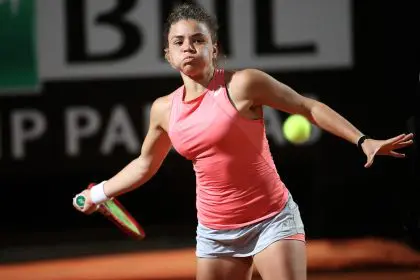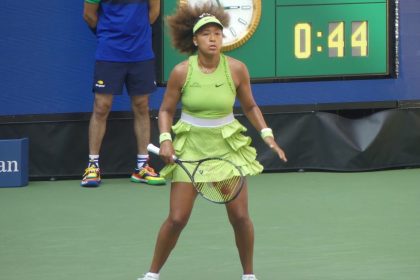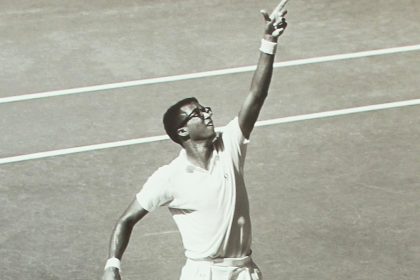Tennis star Naomi Osaka confronts postpartum body expectations head-on as she prepares for her return to professional tennis. The four-time Grand Slam champion, who welcomed daughter Shai with rapper Cordae in July 2023, addresses the pressure athletes face during postpartum recovery.
Recent social media posts reveal Osaka’s struggle with societal expectations for immediate physical recovery after childbirth. The tennis champion acknowledges feeling shame about her changing body, particularly given her status as a professional athlete.
Her journey follows other remarkable athletic comebacks. Serena Williams captured her 23rd Grand Slam title at the 2017 Australian Open while eight weeks pregnant, then returned to reach four major finals after giving birth. Soccer star Alex Morgan helped lead the U.S. Women’s National Team to an Olympic bronze medal just 13 months after delivering her daughter. Olympic runner Allyson Felix broke Usain Bolt’s record for most world championships medals just 10 months after an emergency C-section.
Beyond physical changes, Osaka describes a sense of disconnection affecting her game. Routine shots now present unexpected challenges as she adapts to her transformed physicality. The adjustment period highlights the complex reality of athletic comeback after pregnancy.
Her experience resonates beyond professional sports. As a high-profile athlete discussing postpartum recovery, Osaka challenges the widespread pressure for new mothers to quickly return to pre-pregnancy bodies.
The champion’s daily training regimen continues despite results differing from her expectations. This transparency about the recovery process offers valuable perspective on realistic postpartum fitness goals, especially for athletic women.
Osaka’s journey marks a shift in conversations about postpartum bodies in professional sports. By sharing her struggles with social media comparisons and athletic performance, she creates space for diverse recovery experiences.
The tennis star emphasizes gratitude for her body’s adaptability through pregnancy, childbirth and athletic training. Her perspective encourages appreciation for physical resilience rather than focusing solely on aesthetic recovery.
As Osaka prepares to return to competitive tennis, her story challenges assumptions about postpartum athletic performance. Her openness provides crucial visibility for the varied experiences of athlete mothers navigating professional comebacks.
The champion’s vulnerability about body image pressures particularly resonates with Black women athletes, who often face intensified scrutiny around appearance and performance. Her platform amplifies important discussions about postpartum expectations in professional sports.
Through sharing her ongoing journey, Osaka demonstrates that even elite athletes experience complex physical and emotional transitions after childbirth. Her story encourages realistic perspectives on postpartum recovery while celebrating the body’s remarkable capabilities.
















